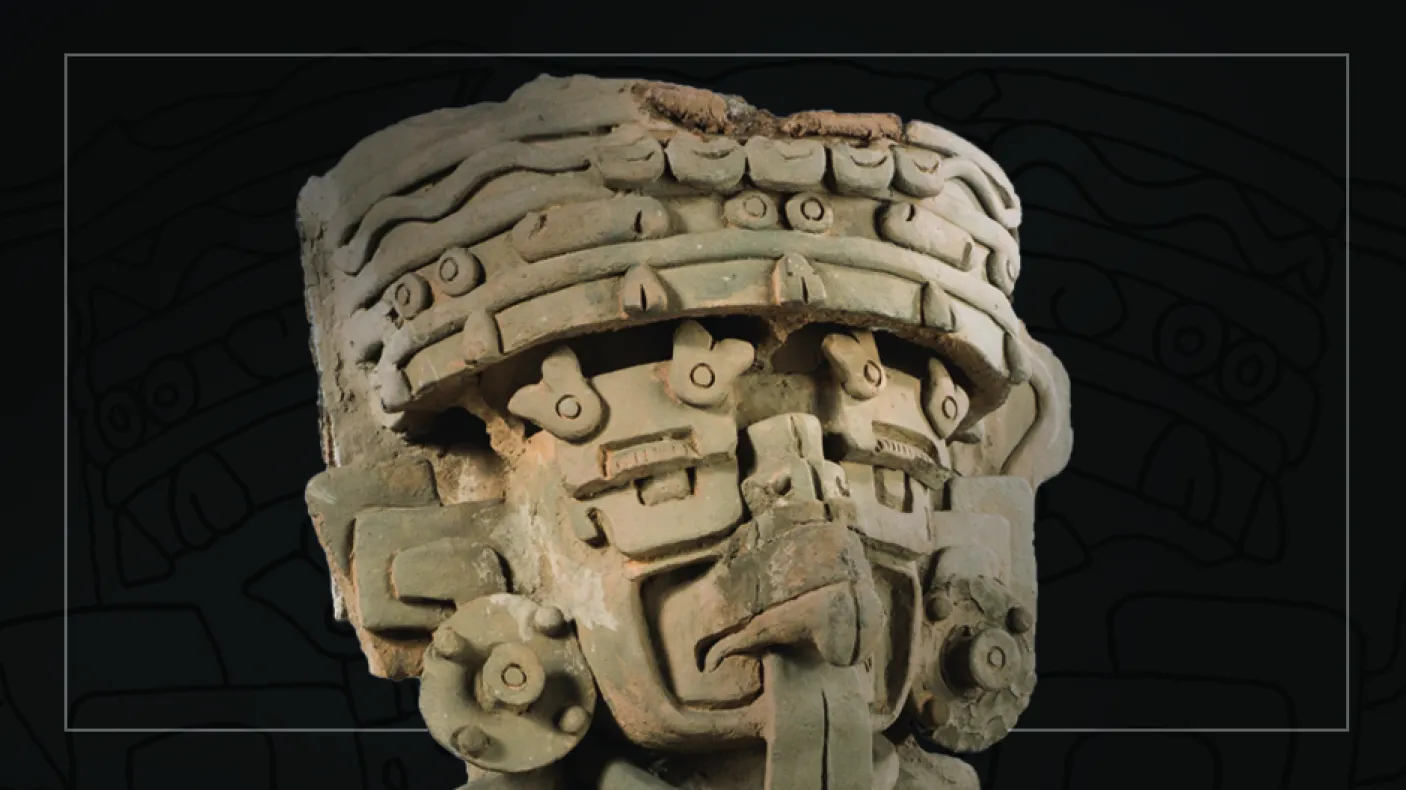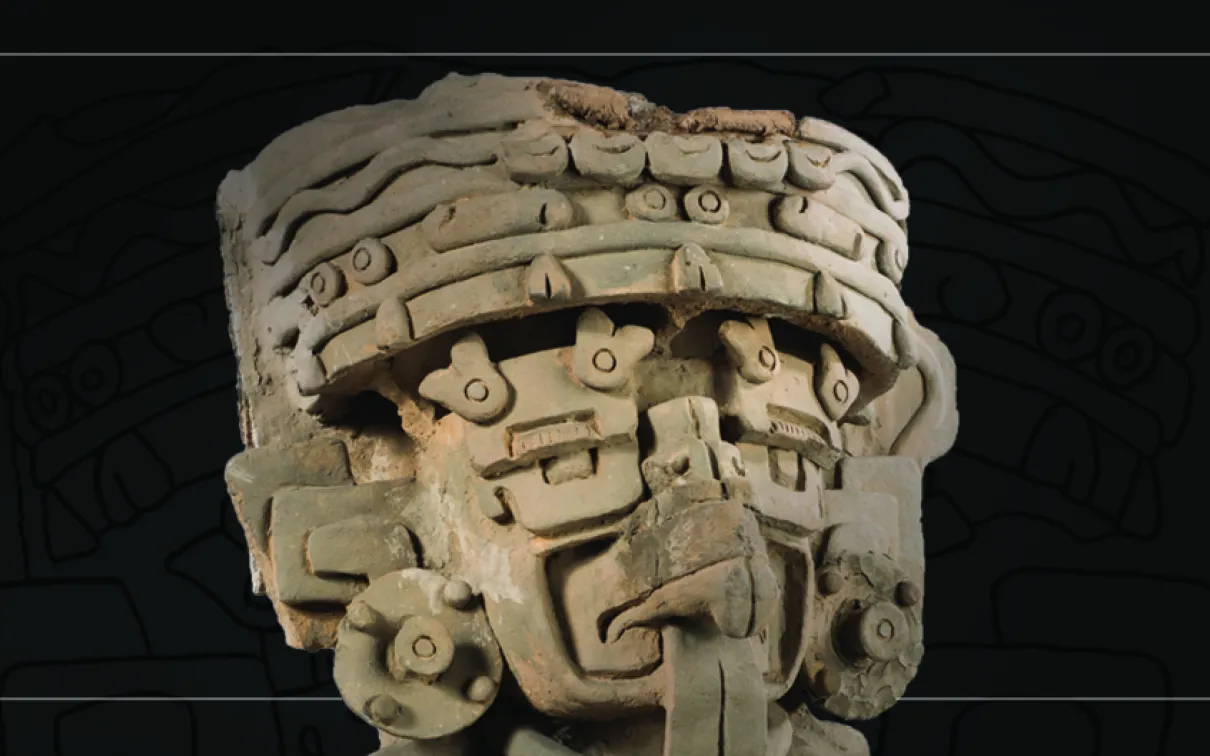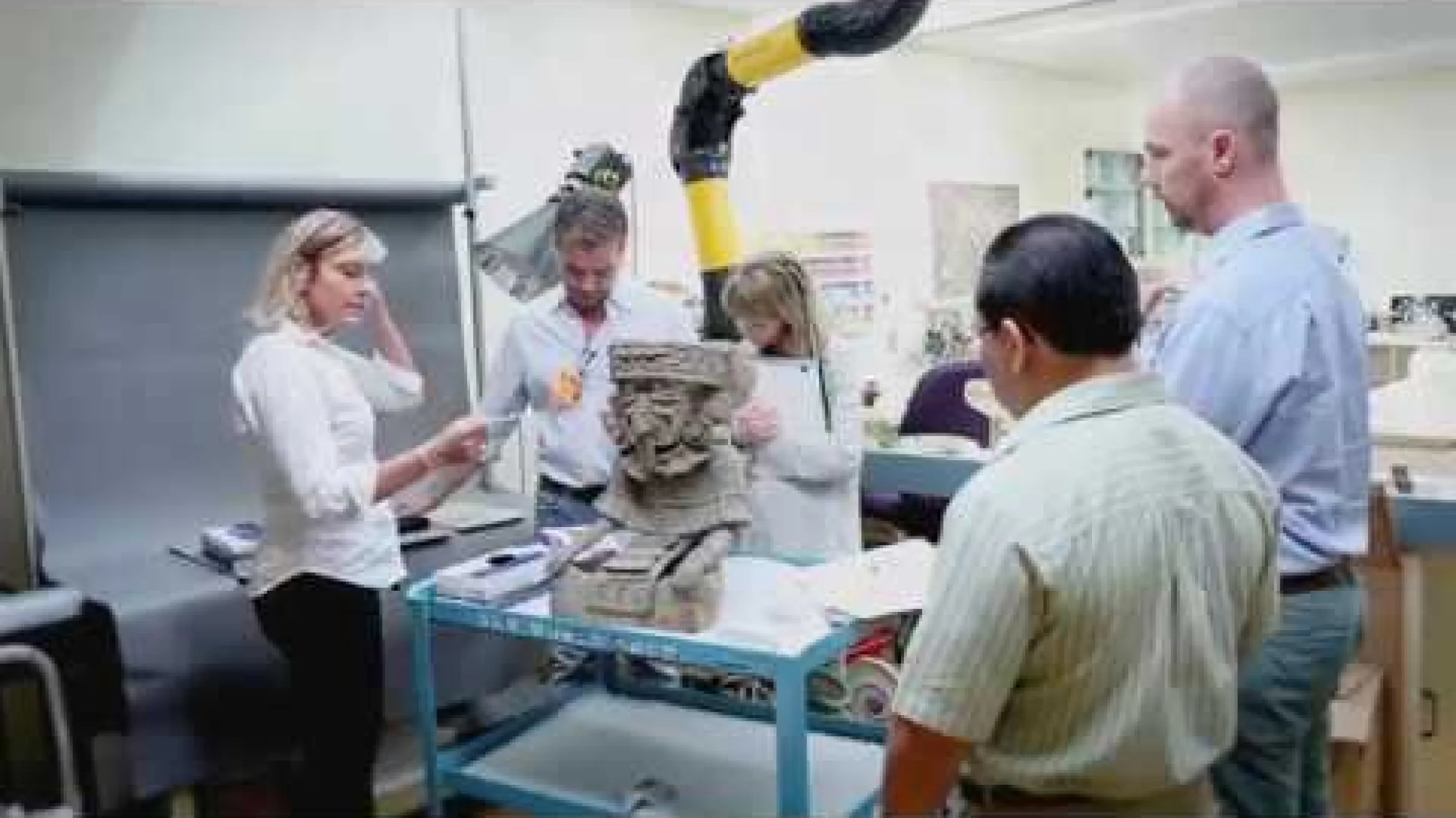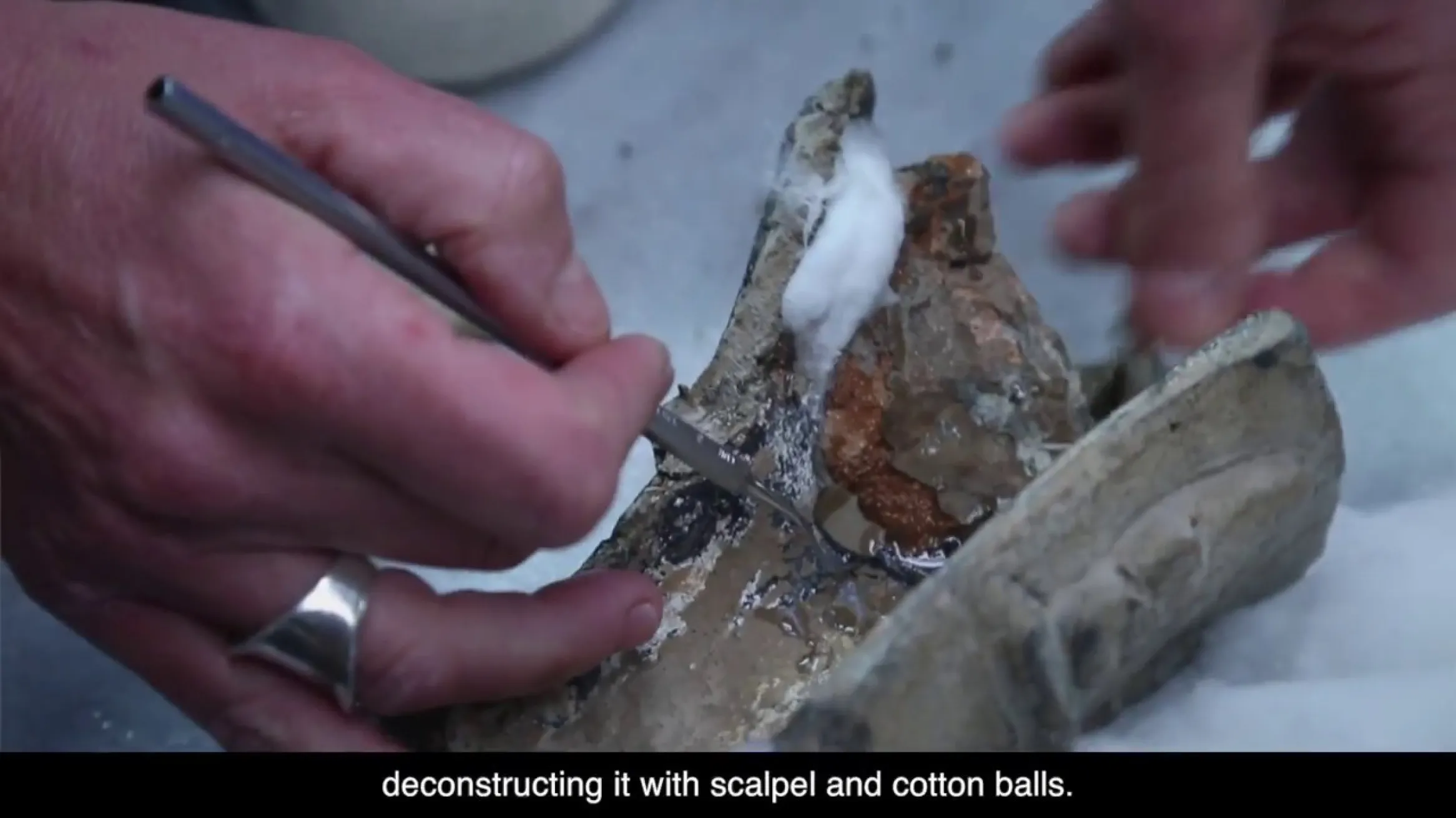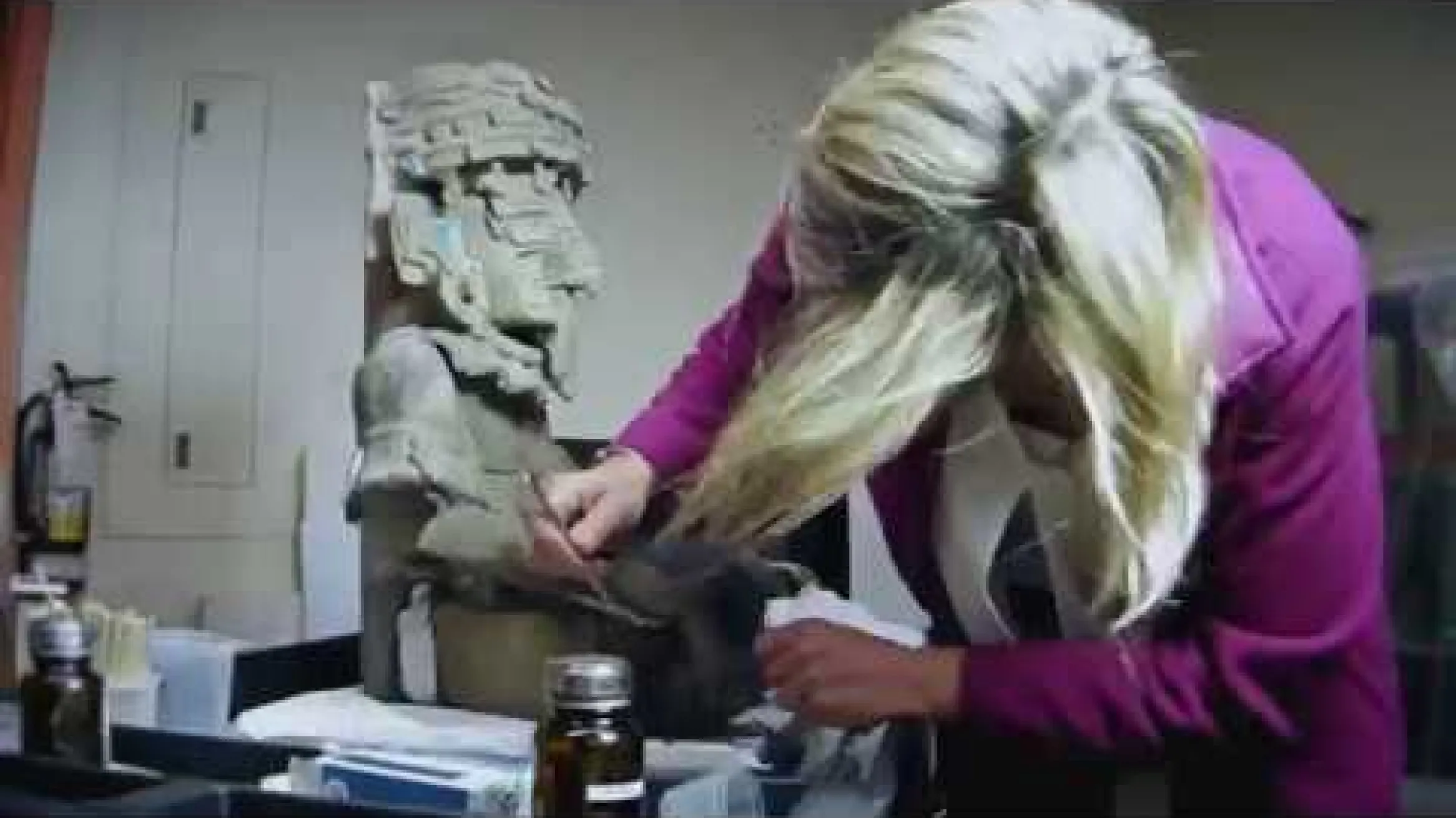What Makes an Object Real or Fake
New publication explores a mysterious Zapotec urn’s origins and authenticity
Published
Category
Author
What makes an object real or fake in a museum?
Our newest digital publication explores that question as it studies the history of an ancient urn in the ROM’s collection. In Real Fake: The Story of a Zapotec Urn, ROM researchers and their colleagues take us from life in the Valley of Oaxaca in Mexico during the fifth century CE to present-day analyses being performed in the cutting-edge laboratories of the ROM’s conservation department.
It is an account of a millennium-old Frankenstein, a Zapotec urn hidden for decades in the ROM’s vaults.
How the urn came to ROM
In 1919, Charles Trick Currelly, roaming curator for the Royal Ontario Museum, obtained an outstanding collection of Zapotec objects that included many urns. They bought it from Constantine Rickards who was then the British vice-consul in Oaxaca.
Sixty years later, Philippa D. Shaplin, an MA art student prying into the past suggested that many of the urns from Rickards were fakes, and better yet, she could prove it by a nifty new dating technique called thermoluminescense.
The initial result showed that many of the large, impressive urns had been produced at the turn of last century. This was so close to the time Currelly had bought them that they were probably still warm from the kiln. The results of further testing carried out at a Mexican university brings the total number of fakes in the collection to about 75, making it one of the largest collections of falsified Zapotec urns in the world.
Understanding this complex artifact
Understanding this complex artifact meant exploring ancient tombs, diving into archives, and opening the storerooms of the world’s greatest museums. Much of the urn’s truths remained trapped within the clay, pigment, adhesives, and metal from which it had been cobbled together.
We assembled a dozen researchers from Canada, Mexico, the United States and Germany to probe its secrets using the latest scientific techniques, before, finally, deconstructing it with scalpel and cotton balls.
The result: a tale of an urn made not once, but three times. Join us on this voyage of discovery.
